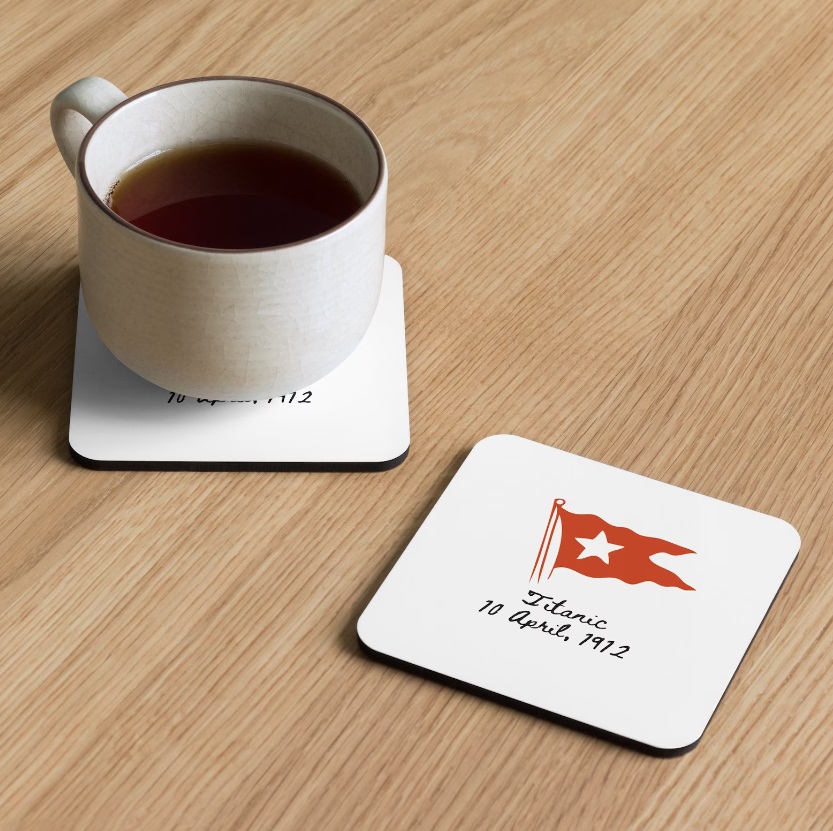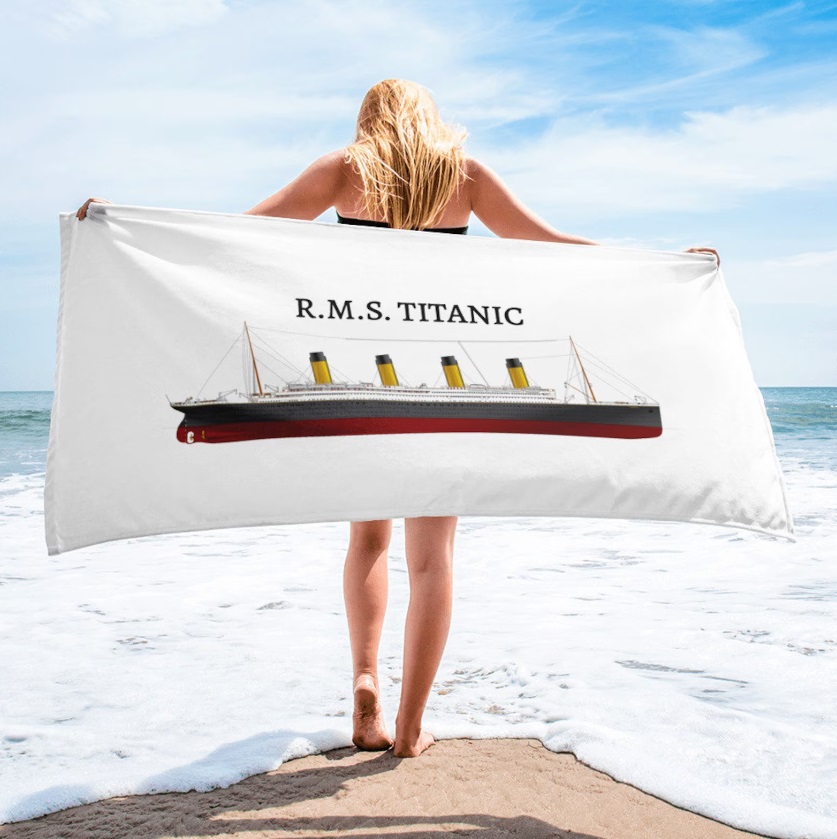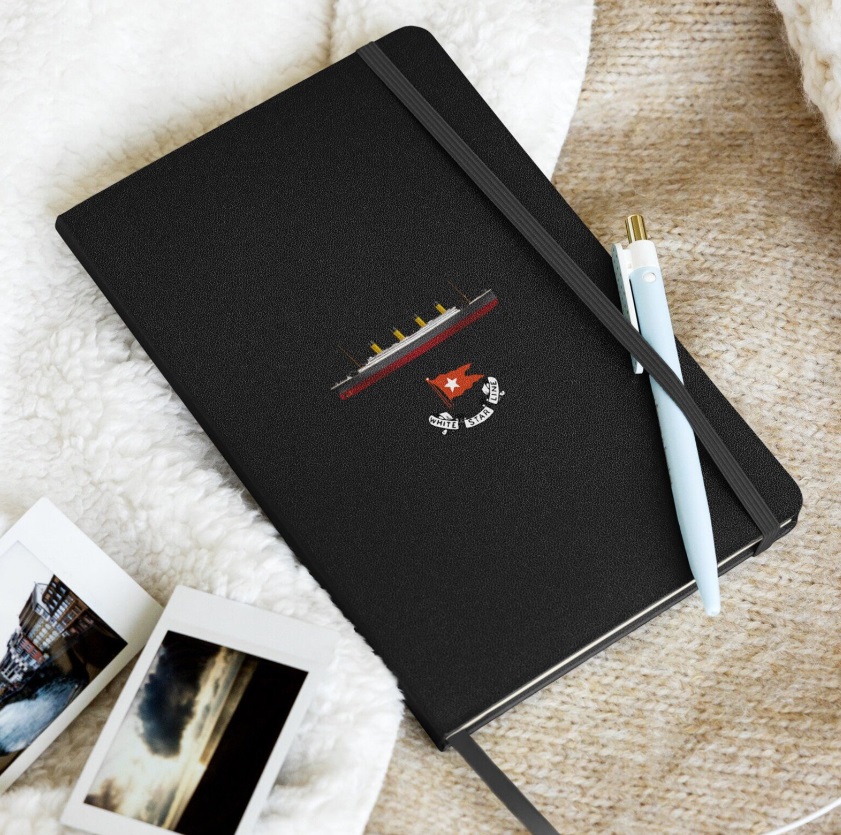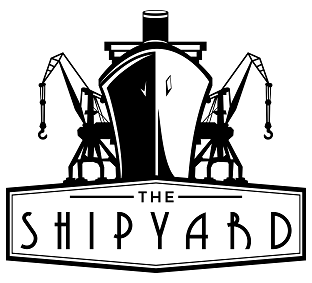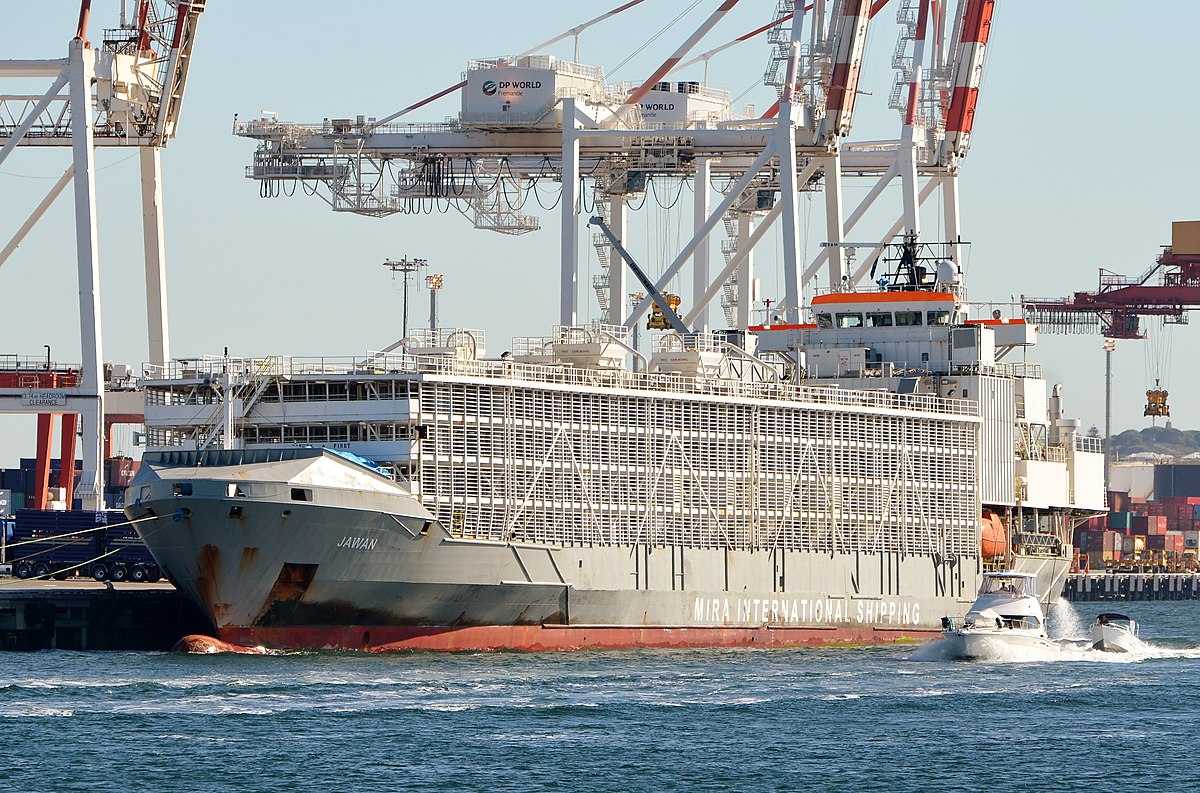In 2002, the Uljanik Shipyard in Croatia completed an unusual project – the largest livestock carrier in the world, MV Becrux. But in line with contemporary consumer expectations, the operator ventured to shift the selling point from size to ethics – though large enough to carry 20,000 cattle or 70,000 sheep, the most impressive feature of the Becrux was the promise for safe and comfortable transit of the four-legged cargo. But, after many assertive claims, the ship’s maiden voyage was a fiasco, with 880 cattle dying from heat exhaustion on the way to Saudi Arabia.
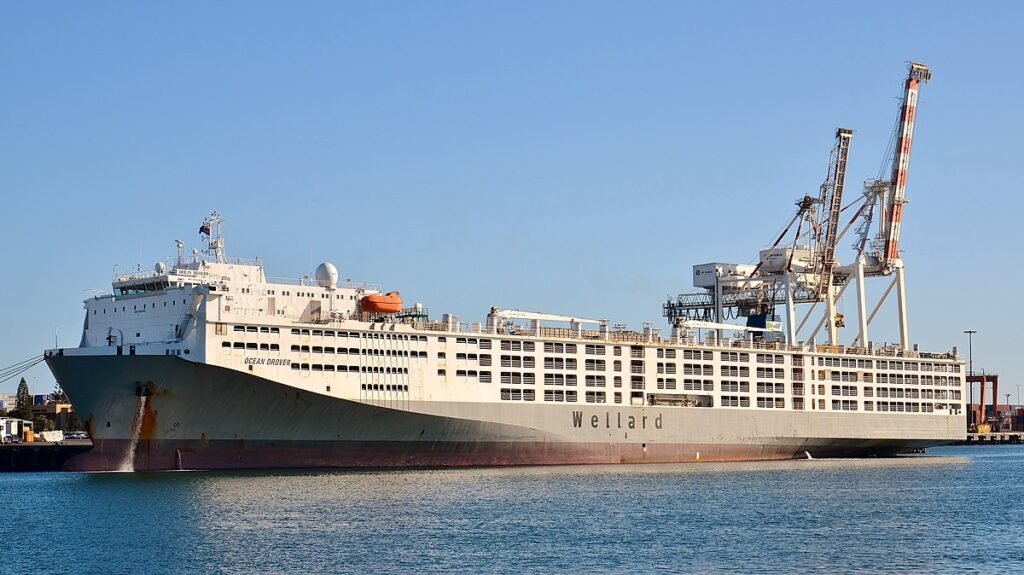
Then, in 2019, the Queen Hind capsized near the coast of Romania, drowning 14,000 sheep in the Black Sea. The following year, the carrier Gulf Livestock 1 sank in a tropical cyclone near Japan, taking 20,000 animals and 40 crew to the bottom of the Pacific. These and many prior incidents only reaffirmed public opinion that live exports are hazardous, cruel, and environmentally harmful. So, the first question that everyone has been asking is:
Why Do Livestock Carriers Exist at All?
The first reason is economics. As with most resources, demand and supply are often oceans apart. With meat processing being labor- and capital-intensive, low-income countries prefer importing live animals, instead of meat. Slaughtered and butchered in local facilities by local workers, the final product is not only more affordable for consumers, but also beneficial to the receiving economy. It is cheaper for Indonesian importers to kill Australian animals upon arrival than to import meat processed in Australia. On the other end of the spectrum are low-income exporters, like Romania in the early 2000s. Producing abundant cheap fodder but hindered by low industrial development, the Balkan country raised massive numbers of livestock, only to export them live, to the detriment of the national economy.
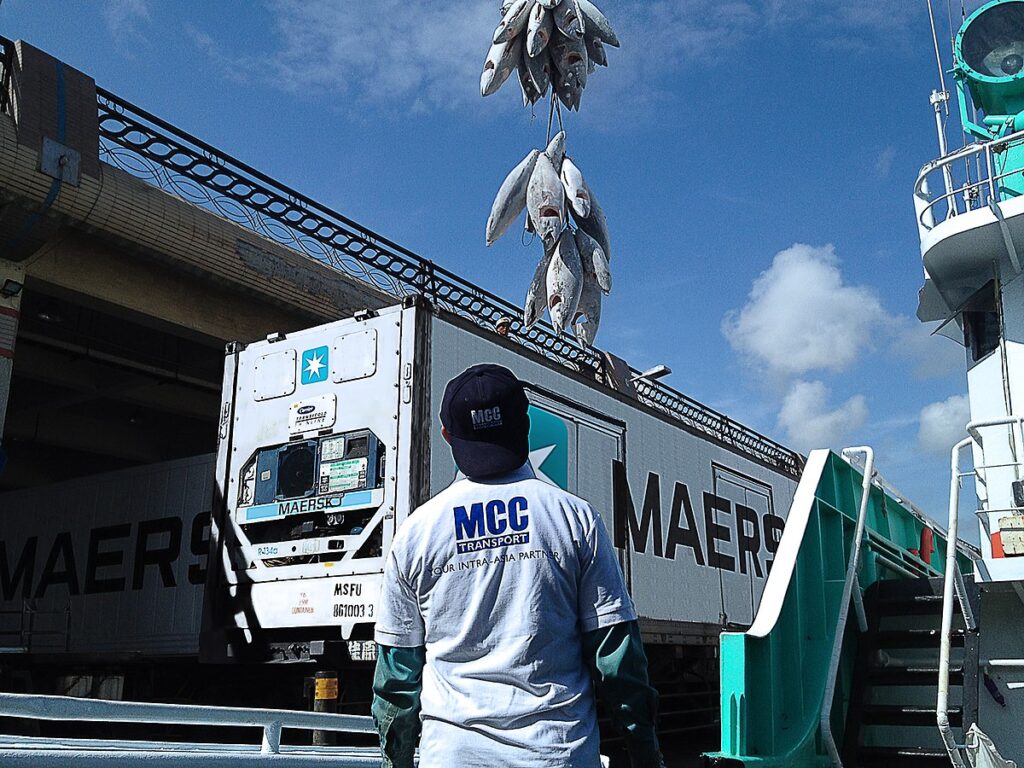
Then comes consumer preference – fresh meat often sells at a premium to the frozen product and is viewed by consumers as the healthier option. In addition, some labels of origin command higher prices in developing markets, like Australian beef in Indonesia. To make things more complicated, many importers have stringent requirements for ritual slaughtering (like halal and kosher) and achieve normative compliance through local processing of imported livestock.
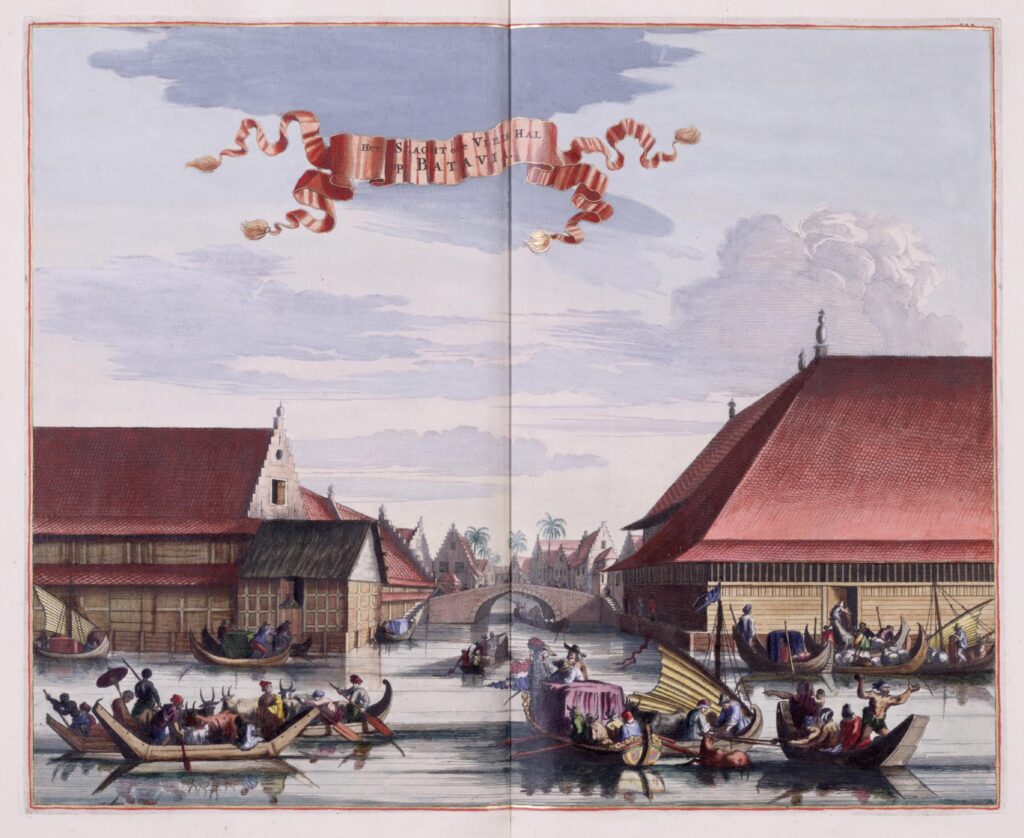
Finally, we have unequal technological development. Chilled meat requires continuous refrigerated supply chains, with seamless transfer between abattoir, reefer, and supermarket – an infrastructure that many countries are either unable or unwilling to build. In addition, slaughterhouses benefit from economies of scale, leading to continuous consolidation and automation – a trend many cannot keep up with. And even though some countries are striving for vertical integration and relative self-sustainability, the global market is likely to remain unbalanced, with livestock vessels closing the gaps between breeders, processors, and consumers.
Enjoying this post so far? I bet you would love The Shipyard Shop for some awesome maritime-themed gifts!

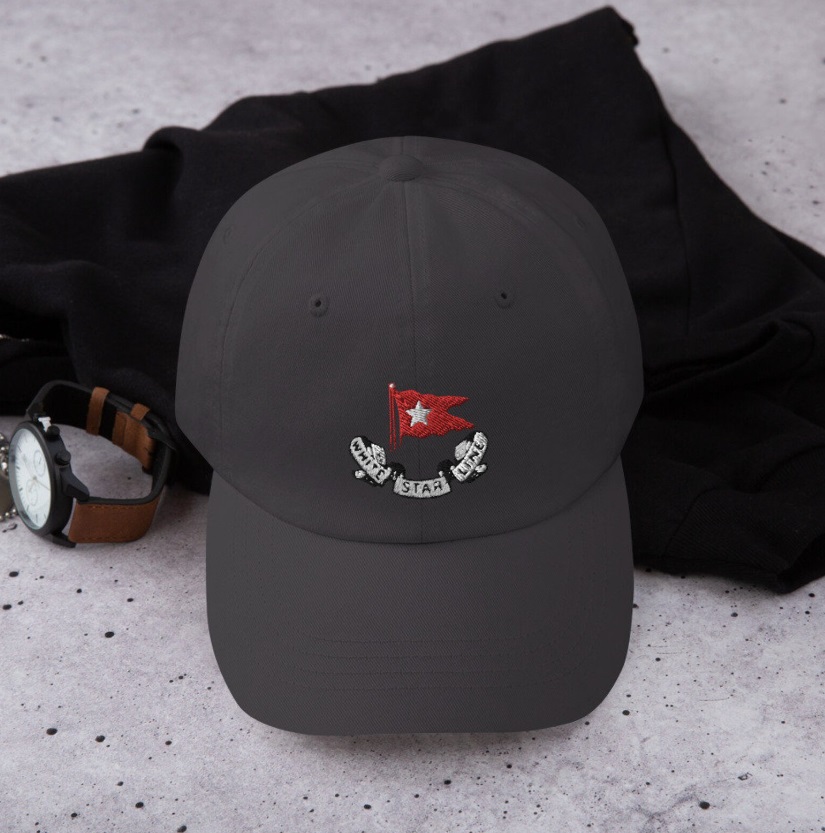
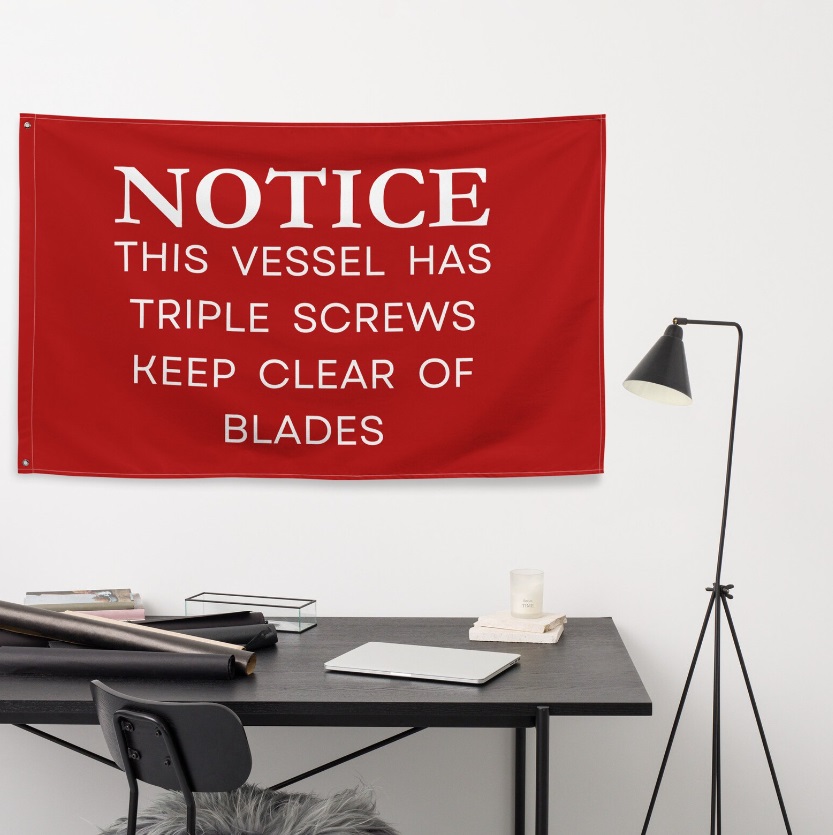
Old Habits Die Hard
Livestock shipping is neither a modern phenomenon, nor the result of capitalism. It first gained popularity in Ancient Rome, where agricultural regions were often separated from population centers by rugged mountains. As soon as the empire established stable and efficient trading routes in the Mediterranean, merchants exploited the benefits of marine transportation over traditional droving. In addition to cattle and sheep, Rome’s increasing appetite for entertainment also produced some exotic niches, with the empire shipping elephants, lions, and rhinos from Africa to participate in the city’s savage gladiator games.

A less-known episode in history took place on the opposite side of the globe, when Neolithic Austronesians brought the pig from today’s Southern China to the distant Pacific archipelagos. Later, around the first millennium AD, Polynesian tribes spread their colonies all over the Pacific, reaching as far as Hawaii. Sailing on large double-hulled canoes, migrants transported pigs and other domestic animals across the vast distances. Some evidence suggests that Māori explorers sailed as far south as Antarctica, establishing short-lived posts (and possibly farms) on the islands south of New Zealand.

A more recent phenomenon developed in the Ottoman Empire after the 15th century, where an elaborate provisioning system fed military conquest and urban expansion. The Ottoman government collected livestock from its Balkan provinces, charging private merchants with the duty to collect and transport the animals to Istanbul and other vital locations. Livestock entrepots developed in the Mediterranean (Ragusa, now Dubrovnik), the Black Sea, and along the Danube River. This practice, called celepkesan, proved ruinous to the merchants, who not only sacrificed their precious cargo holds but also had to purchase the animals at market prices and deliver them at fixed government rates, covering the losses from their own purses.
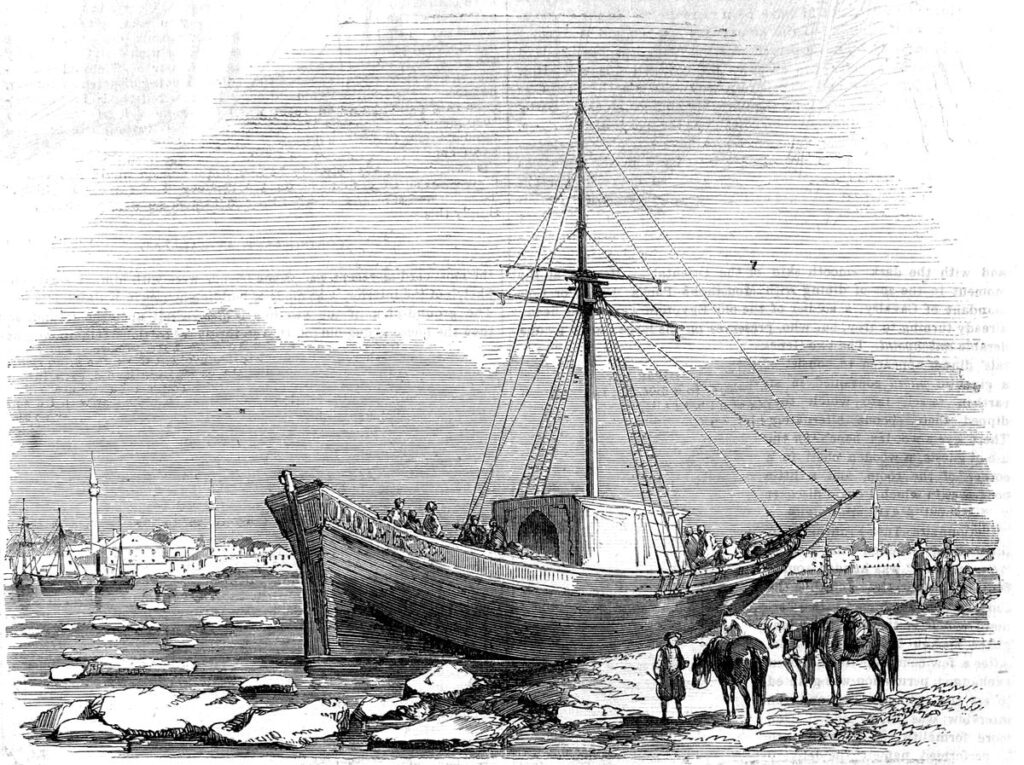
The Cold Revolution
Livestock shipping reached a pivotal point in the 1870s, when inventors and merchants joined forces to develop refrigerated cargo ships for processed meat. While early attempts achieved limited success, Frenchman Charles Tellier developed a methyl-ether refrigerating plant in 1876 for the cargo ship Eboe, carrying a few tons of Argentinian beef across the Atlantic without spoilage. Three years later, Scotsmen Henry Bell and Joseph Coleman installed a compressed-air refrigerator on board the Anchor-liner Circassia, achieving the first profitable transatlantic shipment of chilled meat.
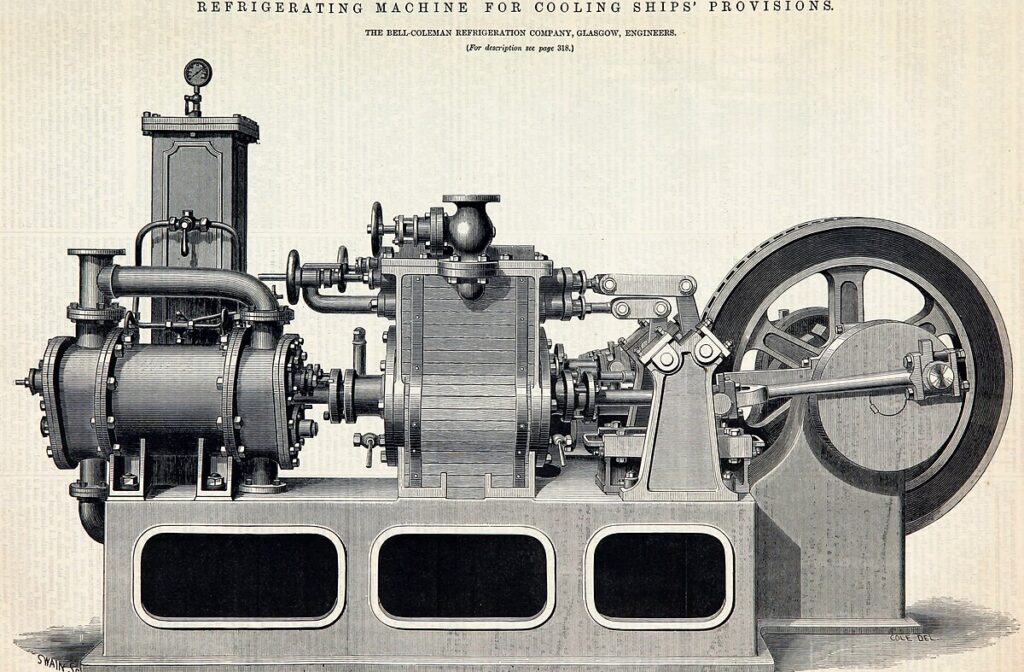
The Bell-Coleman technology caused a revolution. In 1900, the Lloyd’s Register recorded more than 400 refrigerated vessels, transporting 360,000 tons of meat in that year alone. For a moment, it seemed like the days of livestock ships were numbered – no more filthy cargo holds, dead animals, and the signature stench. But this turnaround never came. The same cooling and ventilation systems also led to improvements in livestock carriers, which now provided better conditions for the arduous transcontinental voyage. With both branches of the industry growing in parallel, the world entered the 21st century with hundreds of livestock vessels traversing the oceans.
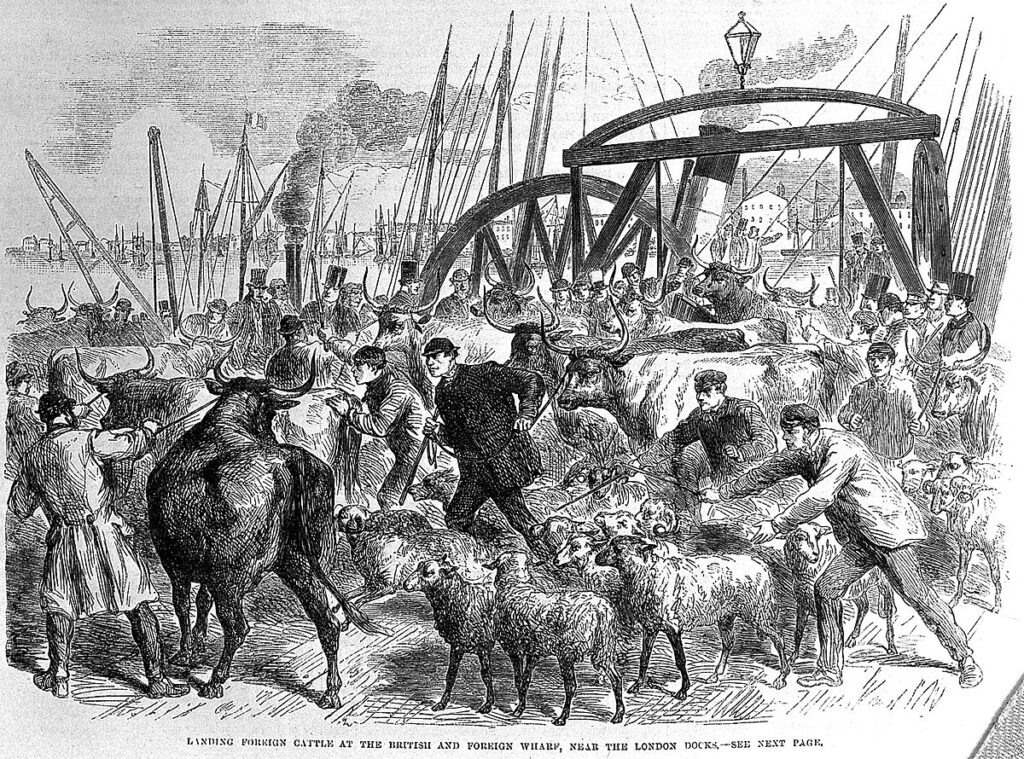
The (Very Legitimate) Moral Argument
The ocean is far from a farm animal’s natural environment. Cattle are sensitive creatures, thriving in open spaces and in the safety of their herds. In addition to the obvious discomforts of sea travel, conditions on the average aging livestock carrier are far from comfortable, with tight spaces, poor ventilation, and heaps of excreta leading to exhaustion, injuries, and infectious diseases. In recent years, a novel factor is making its way up the list – with global climate change, hot waves happen more and more often, contributing to higher mortality and ventilation requirements.
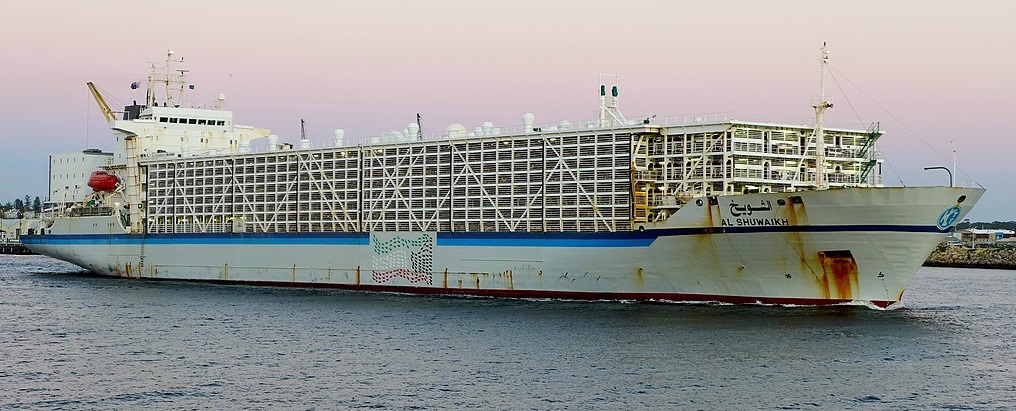
In the aftermath of the Queen Hind and Gulf Livestock 1 disasters, a 2020 investigation by the Guardian went as far as claiming livestock ships to be twice as endangered by sinking than other cargo vessels. And despite such analyses being either disputed or ignored by shipping organizations and meat producers alike, the discussion only intensified demands for reform.
A Fuzzy Future
Under pressure from animal welfare organizations and consumers, some countries have imposed a variety of measures to regulate live exports. The United Kingdom has significantly reformed its internal market by promoting consumption of male dairy cows, reducing their share in total live exports from 20% to 2%. The boldest step, though, has so far been New Zealand, where the government banned livestock exports in the spring of 2023. Neighboring Australia has made a pledge to follow suit by 2025, but experts predict a serious clash of interests.

Other countries have left it to the market to find a solution, with the USA, France, Germany, and Australia expanding their abattoirs to eliminate live exports due to insufficient processing capacity. In this race, though, Romania is the champion. Pushing hard for vertical integration and industrialization of the meat sector, the world’s largest exporter of sheep managed to reduce the ratio of live exports to processed meat from 50 to just 5, creating not only jobs but entirely new manufacturing and logistical clusters. This only proves that if more economies handle change as an opportunity, fewer animals will be forced on arduous transcontinental journeys.
Missed the last post? Click here!
The Shipyard
